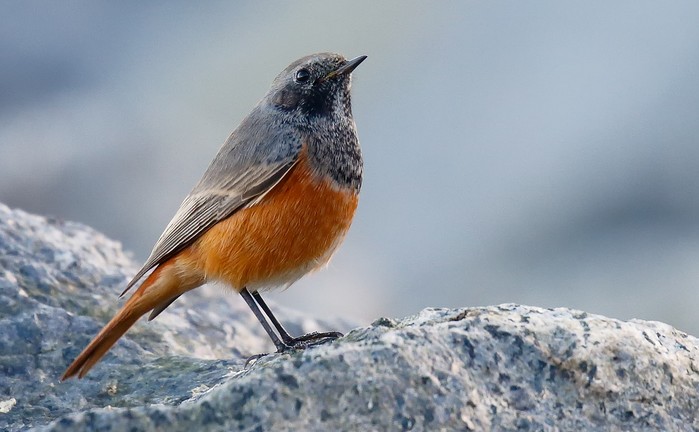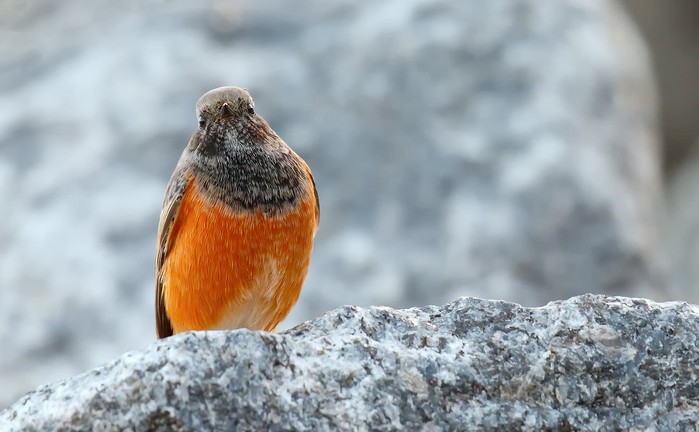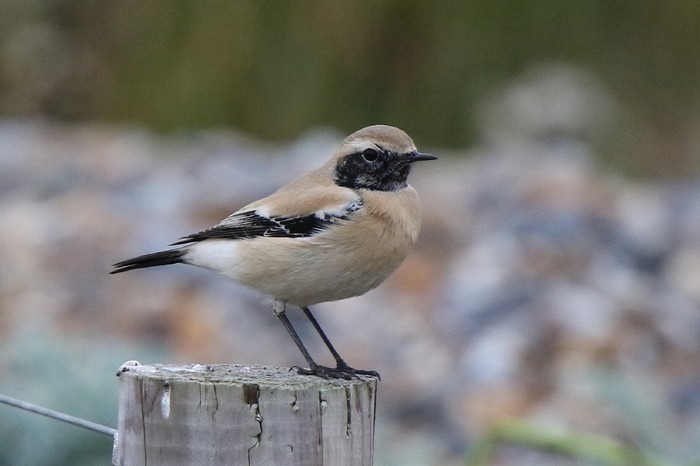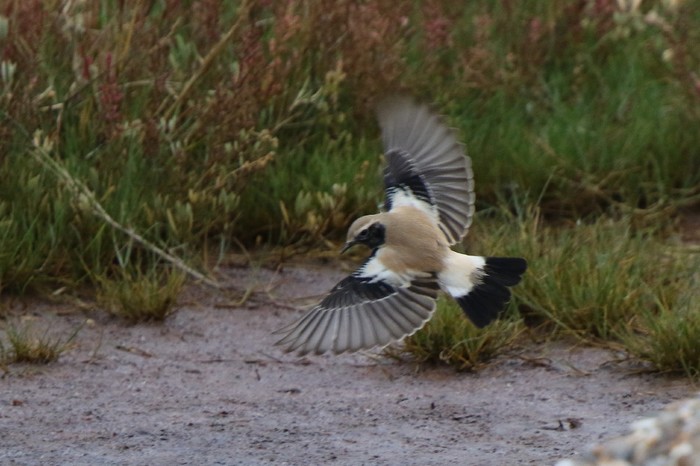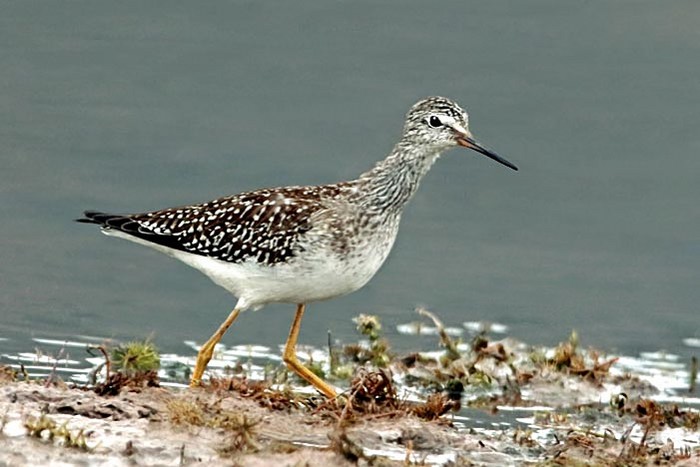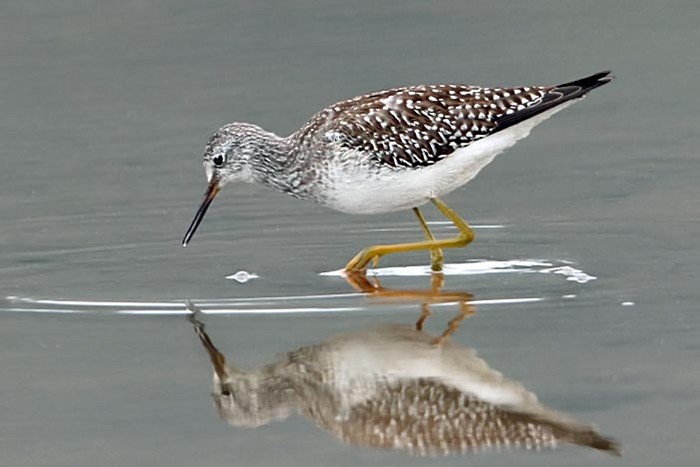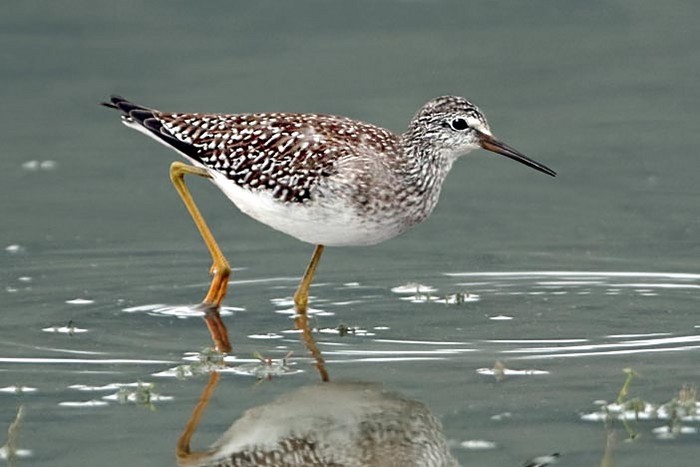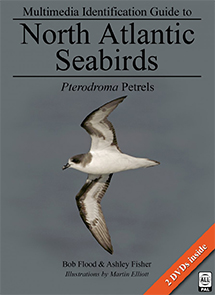Weekly birding round-up: 26 Oct - 1 Nov 2016
The 26th brought a sudden change in the weather, the wind finally swinging out of the east and into the south-west. Thereafter most of the country enjoyed a relatively calm and benign week, a bit cloudy but much milder than of late. The mild conditions finally gave way on 31st and 1st to a cold front, behind which came much cooler condition in a brisk northwesterly airflow. There was a reduction in the overall number of eastern rarities this week but some splendid new arrivals still came through the anticyclonic conditions and provided another bird-filled week to round off an exceptional October.
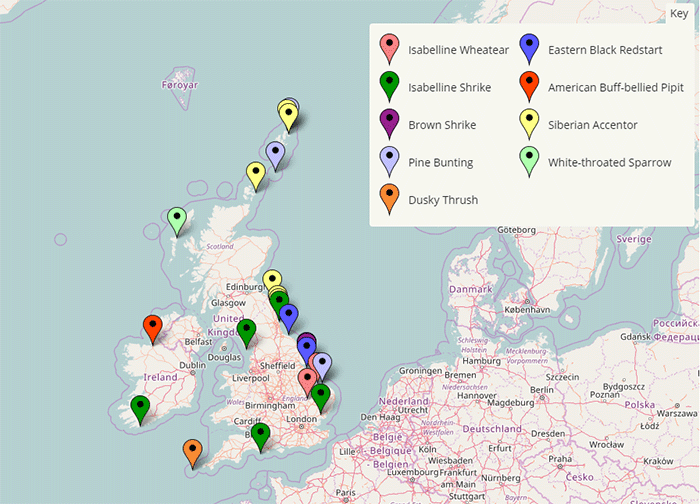
The headlines continued to be grabbed by Siberian Accentors , with last week’s birds hanging on - on Fetlar, Shetland to 26th, on Unst, also Shetland, to 27th and at Deerness, Orkney to 28th. The 29th therefore began as an accentor-free day in Britain but this situation was not to last as another was discovered at Newbiggin, Northumberland that afternoon and was still present on 30th. What might happen next is hard to predict. The momentum of arrivals around the Baltic seems to be holding, at least for the moment, but the weather for a North Sea crossing is now much less favourable.
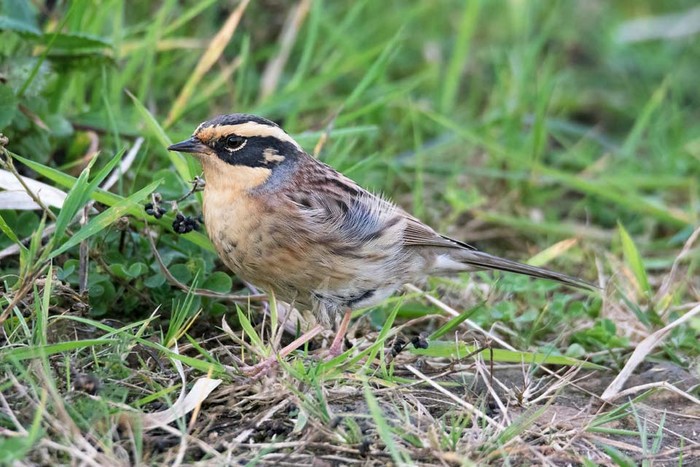
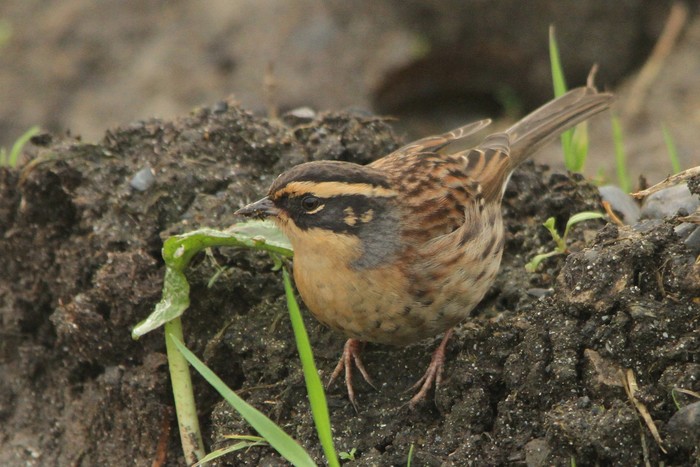
Accentors aside, the bird of the week was a briefly seen (but photographed) Dusky Thrush on Peninnis, St. Mary’s, Isles of Scilly on 26th. To the disappointment of many, including no doubt the finder, it could not be relocated but the record shots offer a tantalising view of what would have been a real highlight of this year’s Scilly season. With the premature demise of the Pale-legged/Sakhalin Leaf Warbler last week and now the disappearance of this Dusky Thrush, it has been a rather bittersweet late October for Scilly residents and visitors. After an otherwise lean month, some of the autumn’s rarest birds have finally turned up there, only to be whisked away when almost within reach. Such is the cruelty of the birding lottery. This would be only the twelfth Dusky Thrush for Britain (about as rare as Siberian Accentor!) and the first for the Isles of Scilly.
After last week’s ‘Eastern Black Redstart’ at Easington, Yorkshire, two more were found this week - at Donna Nook, Lincolnshire on 26th to 28th (athough quite elusive) and (a more obliging bird) at Skinningrove, Cleveland on 27th to 1st. This delightful subspecies is increasingly a feature of late autumn, indeed several years have now delivered multiple individuals. 2011 brought two (Kent and Northumberland), 2014 another two (Yorkshire and Scilly) and now this year has brought a record three. The process of establishing the occurrence of ‘Eastern Black Redstart’ in Britain was somewhat long and tortuous (finally resulting in the acceptance of a bird at Dungeness, Kent in 1981 as the first) but its characters are now well understood and field identifications no longer challenging. All the birds recorded so far have, however, been first-winter males in the relatively distinctive so-called ‘paradoxus’ adult-like plumage. Clearly we are still missing some other first-winters (the unknown proportion which show a female-like so-called ‘cairii’ plumage) and of course all females. There’s another target for someone.
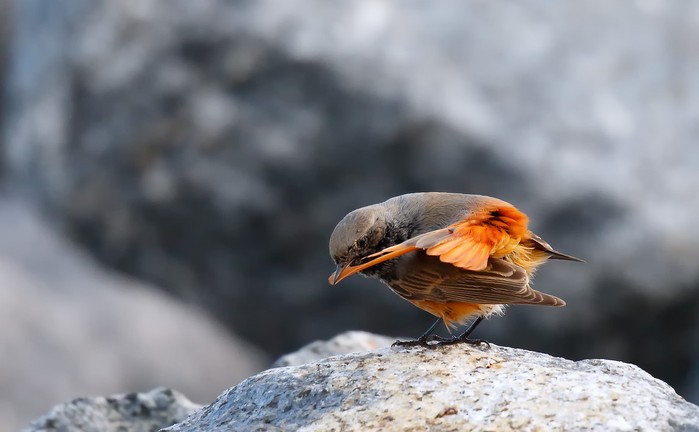
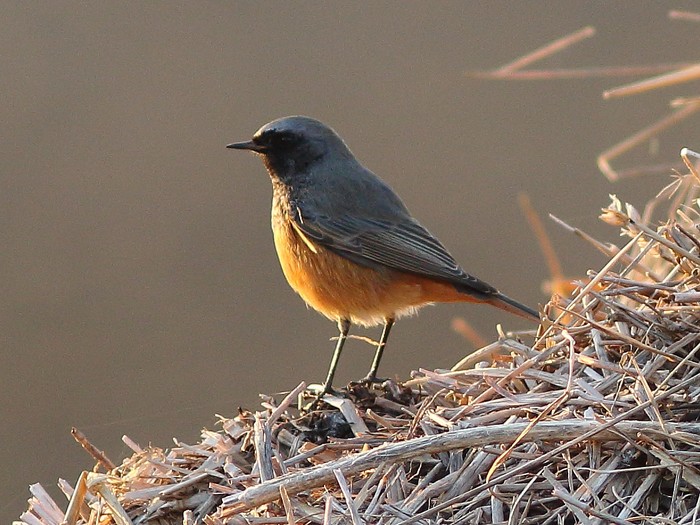
Another major eastern rarity came on the last day of the month - Spurn, Yorkshire’s first Brown Shrike , yet another superb bird to add to this site’s remarkable tally this month. This is the third for Yorkshire, both previous birds being at Flamborough Head. With five now logged this autumn, Brown Shrike joins the long list of other eastern passerines which have experienced a record autumn.
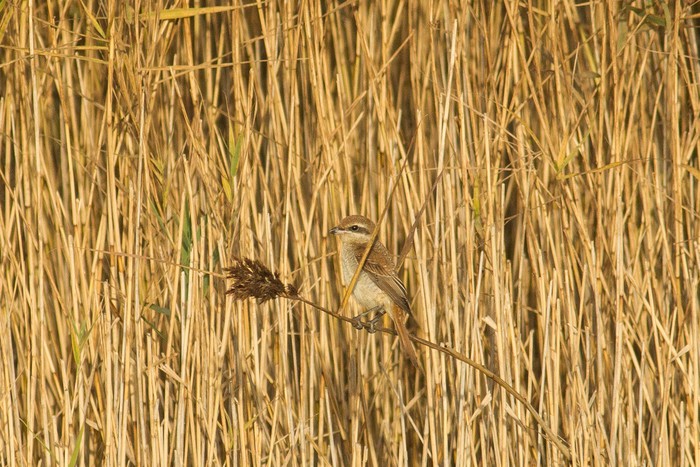
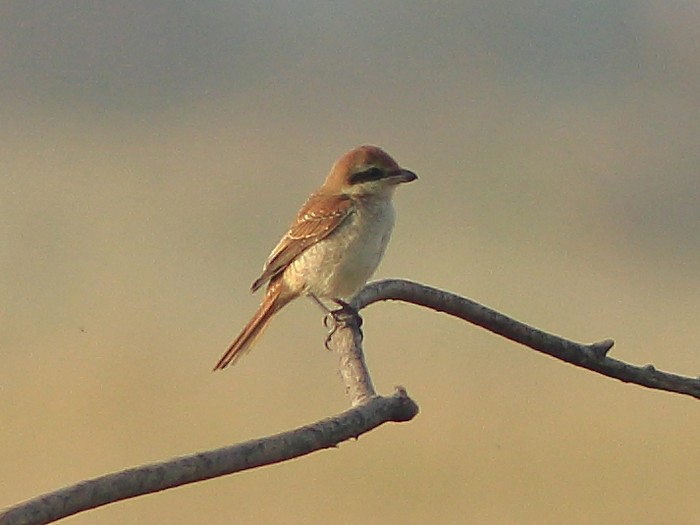
Also having their best ever autumn, Pine Buntings continued to hit the headlines this week. Last week’s male on Fair Isle, Shetland was still there to 26th, on which date another (this one a female) was trapped at Portland, Dorset. Then came another - a first-winter male on Unst, Shetland on 30th - on which date news emerged of yet another - a female photographed but not identified at the time at Blakeney Point, Norfolk on 24th. A particularly interesting feature of this autumn’s influx has been the high proportion of females, in sharp contrast to the historical preponderance of males. Are we getting more confident at identifying them? Certainly this autumn’s abundance of high quality photographs of females will have done much to sharpen our ‘search image’ for this species and facilitate a quick targeting of the required features.
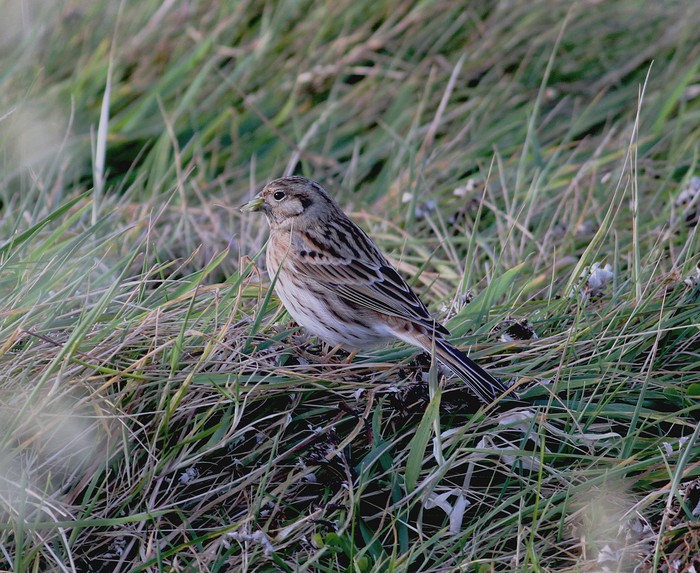
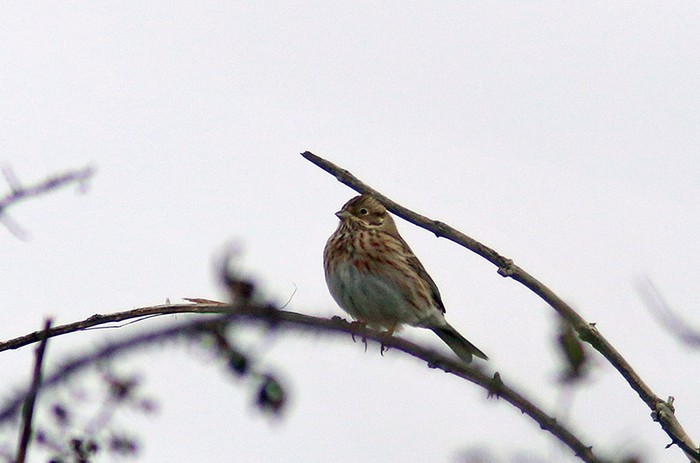
The last day of the month also brought the autumn’s second Blyth’s Pipit to the Isles of Scilly, this one on St. Mary’s. Scilly seems to be a particular magnet for this species, with this week’s bird representing the seventh for the archipelago.
Five Isabelline Shrikes were found this week, most considered to be ‘Daurian Shrikes’. One (a strikingly pallid individual judging from the photographs) was at The Hythe, Essex on 27th to 28th with two more discovered on 28th - at Walney, Cumbria for one day only and another (an adult female) at South Shields, Durham to 30th. Another was found at Portland, Dorset on 30th with the fifth at Toe Head, Cork on 31st to 1st. Although four have previously reached North Wales, the Walney bird is the only the second record for Northwest England and the first for Cumbria (the last bird in the Northwest was at Stocks Reservoir, Lancashire in 1996).
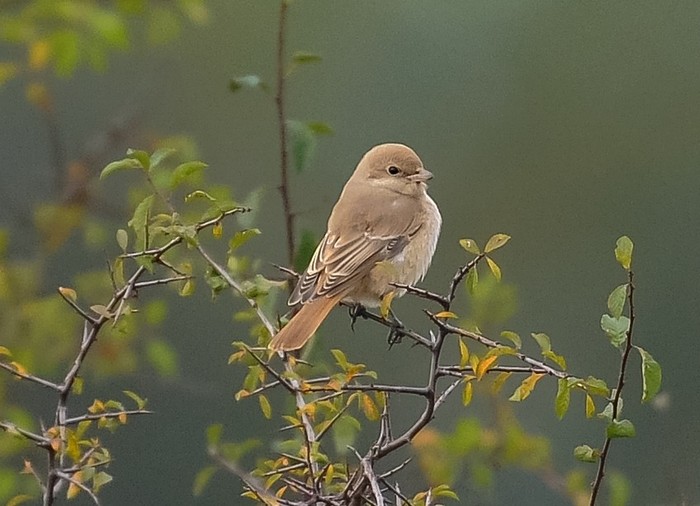
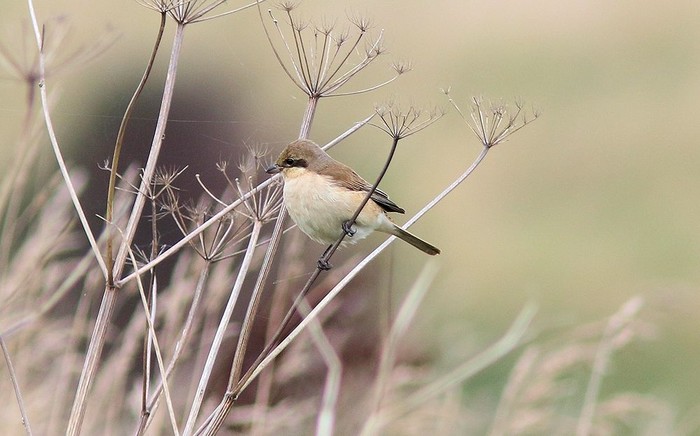
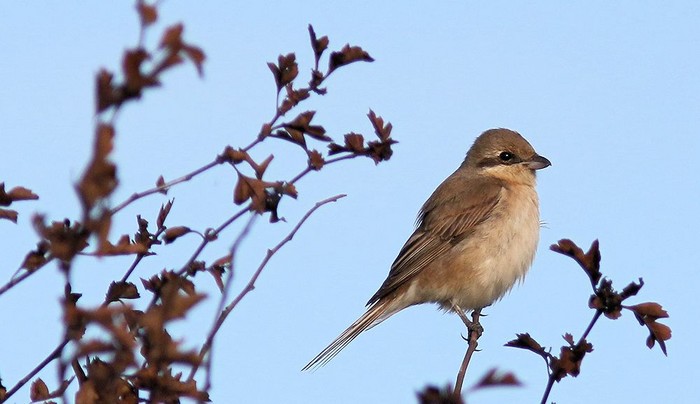
Sticking with the theme of Asian semi-desert birds, Norfolk’s Isabelline Wheatear was still at Burnham Overy Dunes to 1st but much more of a surprise was the remarkable discovery on 28th of another at Wardy Hill, Cambridgeshire - the first ever found inland in Britain. It was still present to 30th. This latter bird, the seventh this month, cements 2016’s place as the best ever for this species.
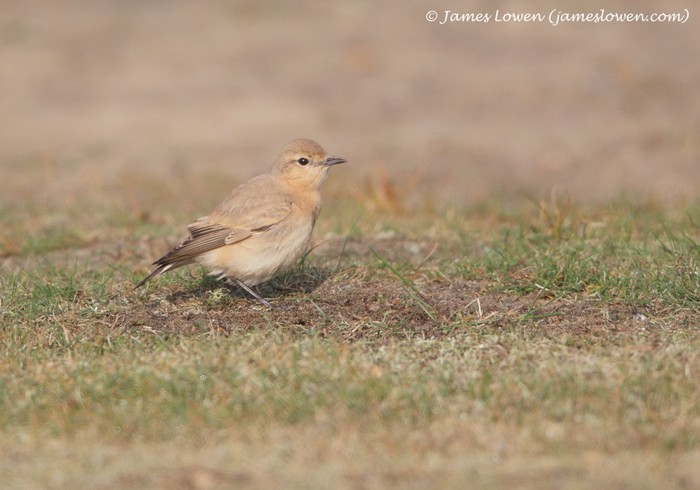
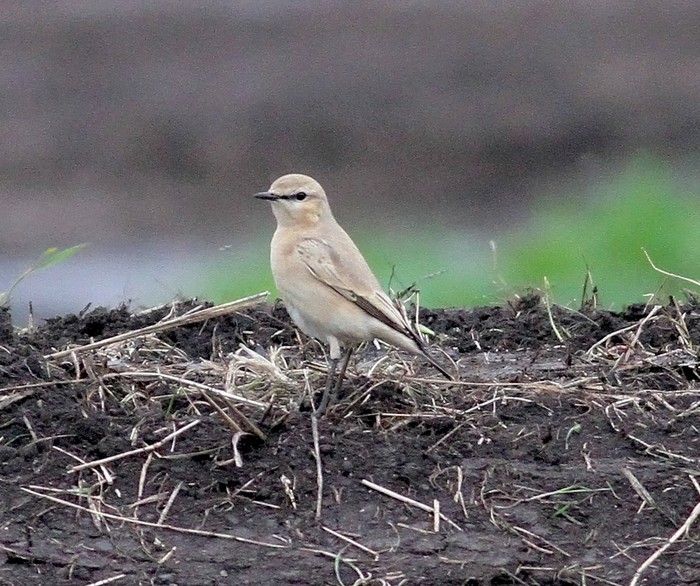

Probable ‘Eastern Yellow Wagtails’ have also been something of a feature this month. Despite the perennial presence of the word ’probable’, there is surely a high degree of confidence that this is what these birds are. ‘Grey-and-white’ Yellow Wagtails in October are nothing new and, unsurprisingly given the weather, have been prominent this autumn with records from at least Shetland, the Western Isles, Scilly, Cornwall and Norfolk. This week one was again on St. Mary’s, Isles of Scilly on 28th and 29th with another at Polgigga, Cornwall on 28th. In Norfolk singles flew west over Salthouse on 27th and Holkham on 29th.
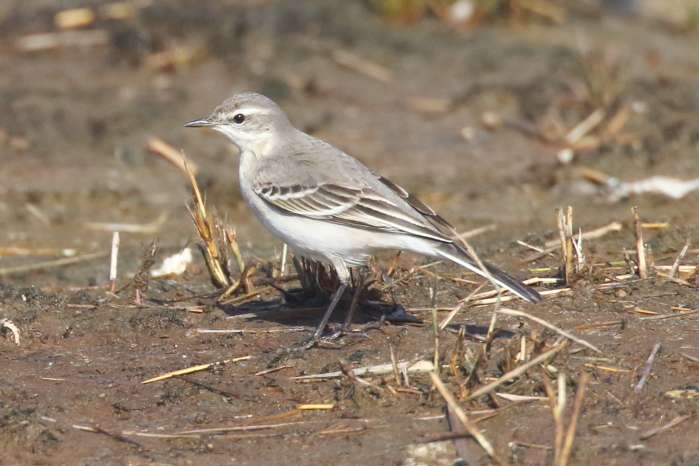
A ‘grey-and-white’ appearance is a constant feature of these individuals but the key feature is the call - recognisably a Yellow Wagtail call but more full-bodied, less disyllabic and inflected than the familiar call of the western forms with a slightly harsh, abrupt beginning. The call is rather different from that of the southern Yellow Wagtail forms feldegg, iberiae and cinereocapilla (which contains harsh ‘r’ elements) but more similar to that of Citrine Wagtail.
Although all the Yellow Wagtail forms are currently treated by BOU as comprising a single polytypic species, genetic evidence has identified a deep divide between western and eastern forms and ‘Eastern Yellow Wagtail’ represents a potential future species in its own right. Indeed IOC already splits it. What we mean by ‘Eastern Yellow Wagtail’ needs closer examination, however. Though frequently referred to as comprising the subspecies group ‘plexa/simillima/tschutschensis’, many authorities (including IOC) treat simillima and tschutschensis as merely different terms for the same thing. And there are other subspecies too. While the working assumption is that plexa and tschutschensis - the so-called ‘Northeast Asian’ subspecies pair - account for Western European records (as already proven by DNA analysis in one instance), vagrancy by macronyx and taivana - the so-called ‘Southeast Asian’ subspecies pair - is also feasible. Distinguishing between the two subspecies groups in first-winter plumage is possible by DNA analysis but not, on current knowledge, by plumage or voice.
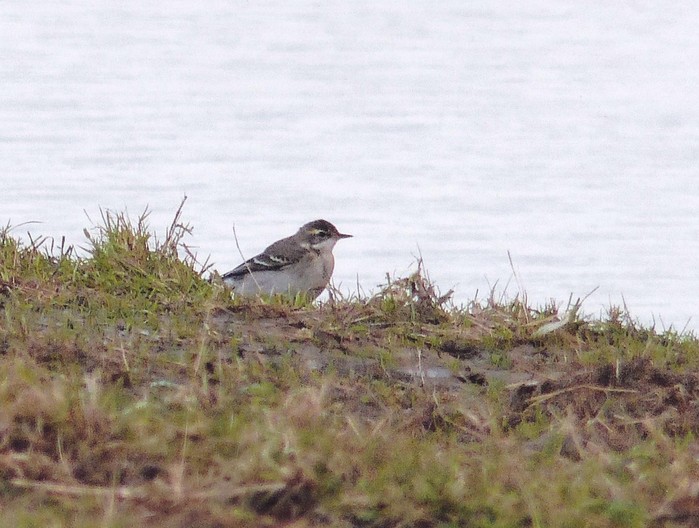
Somewhat ‘off script’ on 30th were two sightings of a Fea’s/Zino’s Petrel , firstly north-west off North Ronaldsay, Orkney at 0913 and then (the same bird or another?) north off Unst, Shetland at 1130. The North Ronaldsay bird represents the third record for Orkney (all of which have now been seen at this site) whilst the Shetland sighting is the first ever from the islands themselves, the only previous bird being in sea area Fair Isle 130 km west of Unst on 25th June 1996. These records are the second latest ever, beaten only by a bird off St. Mary’s Island and the Farne Islands, both Northumberland, on 19th November 1999.
Turning finally to the west, an adult Franklin’s Gull was on and around the Hayle Estuary, Cornwall on 26th and it remained here on and off until 31st. Although this species can turn up seemingly anywhere at any time, its arrival on 26th nevertheless served to underline the change in the weather.
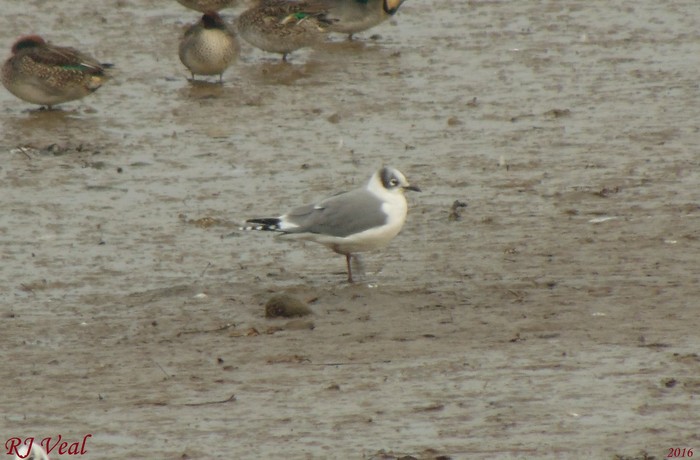
Finally, in a month when we have all been looking east, there were two American passerines - an American Buff-bellied Pipit at Dunmoran Strand, Sligo on 30th to 1st, a new bird for the county, and a Red-eyed Vireo on St. Agnes, Isles of Scilly on 1st. Also Nearctic in origin, though not new this week, were the adult male Northern Harrier , again on North Ronaldsay, Orkney on 29th and 30th, and the White-throated Sparrow on North Uist, Western Isles, first found at the beginning of the month but seen again this week. Also ‘old news’ was the announcement that a Sora had been found dead at Exminster, Devon on 17th.
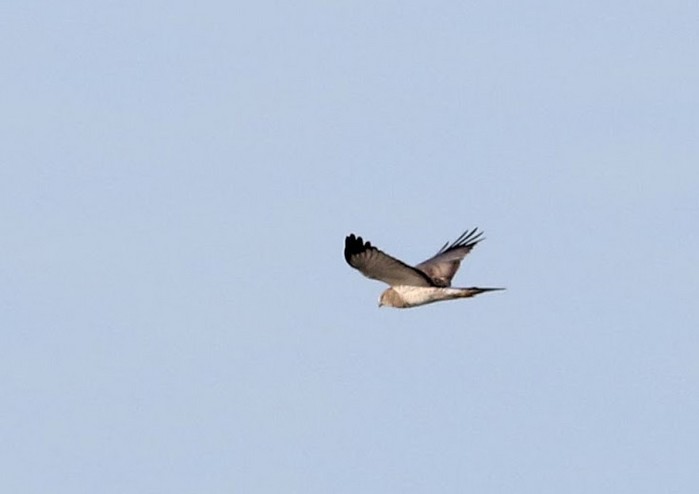
Finally, our faithful trio of long stayers remained in situ this week - the Western Purple Swamphen at Alkborough Flats, Lincolnshire and, in Cornwall, the Hudsonian Whimbrel at Perranuthnoe and the Dalmatian Pelican on the Camel Estuary.
The week’s ‘Euronews’ included (inevitably) more Siberian Accentors , the total in Northwest Europe by the end of 1st apparently having reached the staggering figure of 197! Otherwise, the news included two Pine Buntings and an Oriental Turtle Dove in The Netherlands, an Isabelline Wheatear in Germany, two Isabelline Wheatears and a Paddyfield Warbler in Finland, a Brünnich’s Guillemot in Denmark, an Asian Desert Warbler in Sweden, a Harlequin Duck in Latvia and a Pine Bunting and a Black-browed Albatross in Norway.
The rare passerine line-up remained impressive this week albeit with fewer individuals. Aside from the headline birds, the rarest were the Hume’s Yellow-browed Warbler still at Flamborough Head, Yorkshire to 30th, Pied Wheatears at Redcar, Cleveland on 29th and 30th and Donmouth, Aberdeenshire on 30th and a Red-flanked Bluetail at St. Abbs, Borders on 30th. The male Desert Wheatear found at Salthouse, Norfolk on 25th was still present on 26th and remained to 29th whilst the female was at Burnham Overy Dunes to 27th.
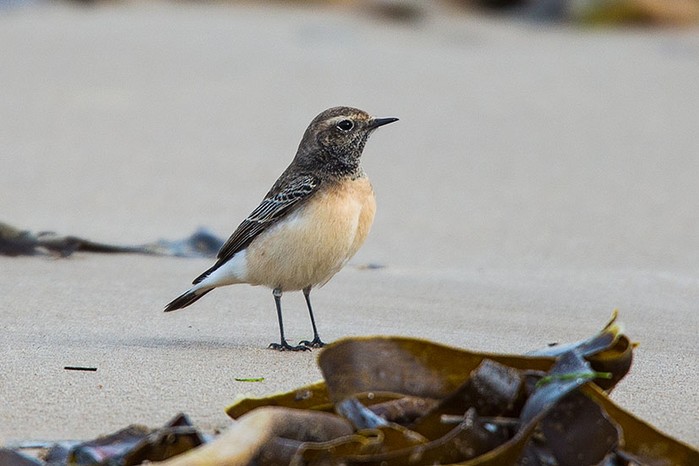
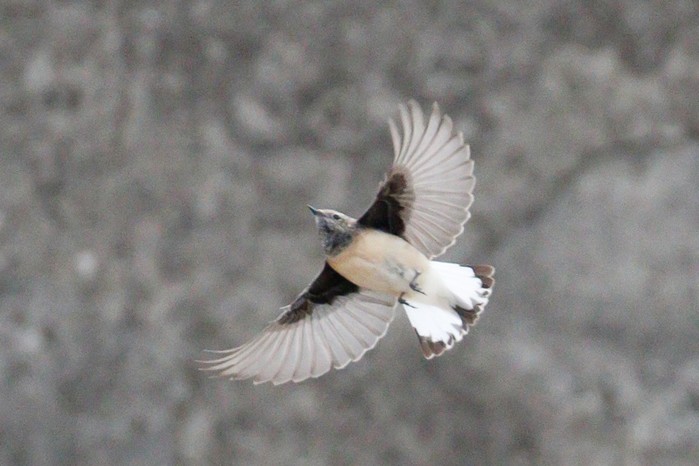
Siberian Stonechats were fewer this week. Singles were on Fair Isle, Shetland still to 30th, at Spurn, Yorkshire still to 26th and at Dunbar, Lothian the same day (these all being reported as stejnegeri-types) and another (form unspecified) was at Quendale, Shetland on 30th. The momentum seems to have gone from last week’s redpoll influx, and the only Coues’s Arctic Redpolls reported were a bird at Lerwick, Shetland to 31st with two there on 29th.
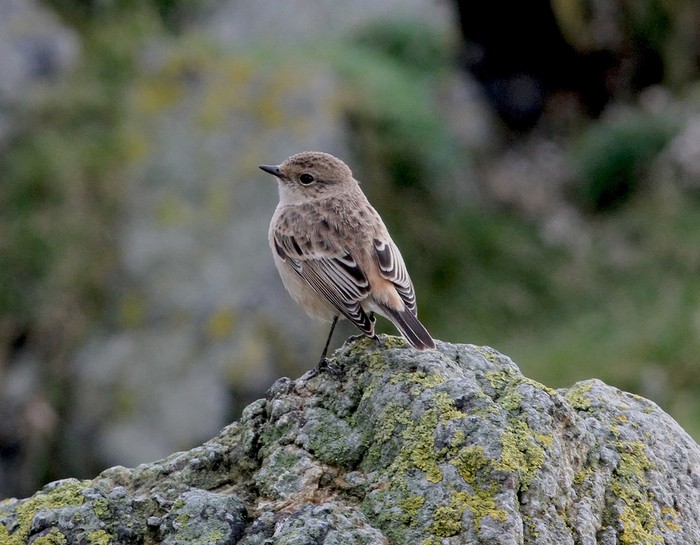
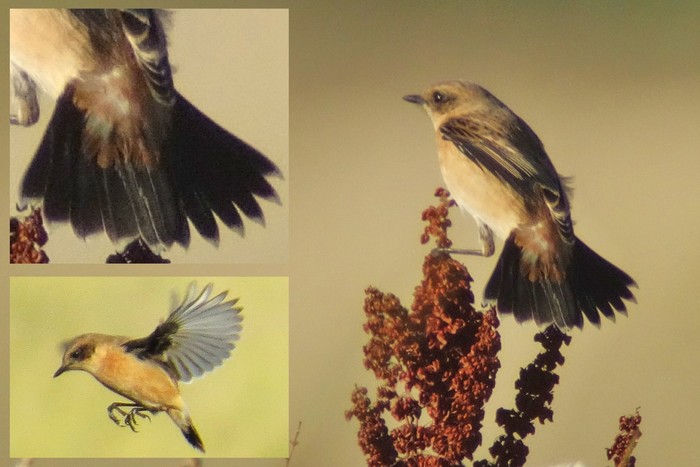
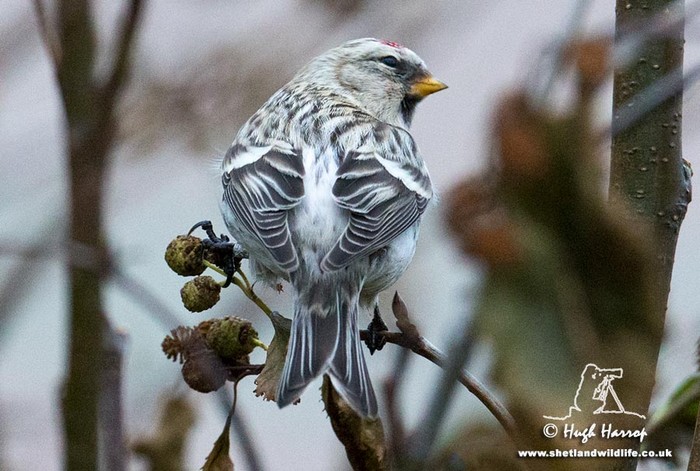
Turning to pipits, three Olive-backed Pipits were on St. Mary’s, Isles of Scilly on 26th with four on 27th and two still to 30th. Also on the archipelago, singles were still on Tresco to 31st and on St. Agnes on 28th to 29th. The other rare pipits were a Red-throated Pipit at Portland, Dorset and a Tawny Pipit at Loop Head, Clare, both on 29th.
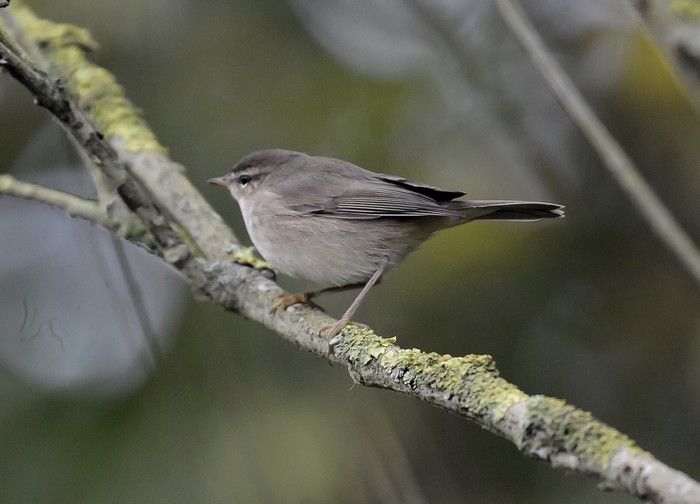
Around fourteen Little Buntings were noted, well scattered from Shetland around the east and south coasts all the way to the Southwest (with another on Cape Clear, Cork). All were singles apart from up to two on Tresco and three on St. Agnes, both Isles of Scilly. A Rustic Bunting was on Tresco, Isles of Scilly on 30th.
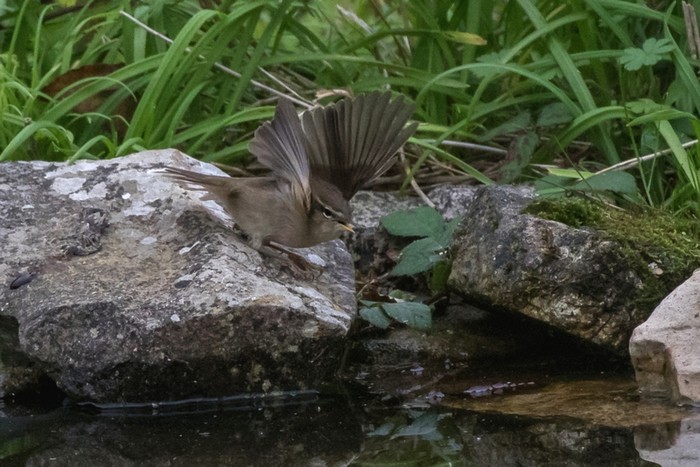
As for warblers, around eighteen Dusky Warblers were logged, some leftovers from last week but some also new. All were in East Anglia, along the south coast and in the Southwest apart from singles at Sunderland, Durham on 26th and on Unst, Shetland on 30th. Just a single Radde’s Warbler was noted - on Cape Clear, Cork on 29th to 1st.
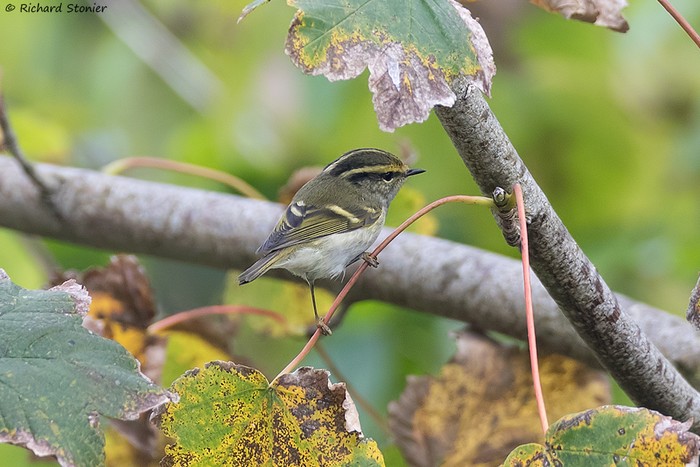
Pallas’s Warblers numbered at least twenty, the furthest north in England being three in Yorkshire with the others mainly scattered in a similar fashion to Dusky Warblers. The ‘outliers’ were singles on Bardsey, Gwynedd, at Tresinwen, Pembrokeshire, Rhossili, Glamorgan and on the Calf of Man, Isle of Man on 30th and, furthest of all, at Malin Beg, Donegal on 31st. Just five Barred Warblers were recorded - at Hemsby, Norfolk on 26th, Newtonhill, Aberdeenshire on 26th to 28th, Deerness, Orkney still to 1st, Porthgwarra, Cornwall on 30th and Pendeen, also Cornwall, on 31st.
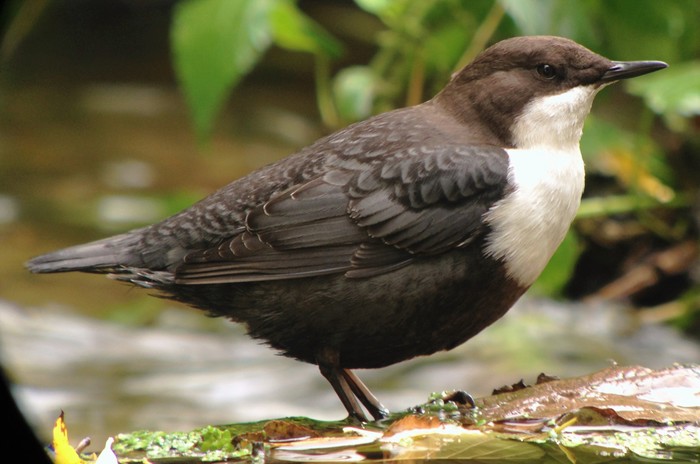
Richard’s Pipits numbered around twenty, spread from Aberdeenshire to Gugh, Isles of Scilly. One inland at Carsington Water, Derbyshire was the most notable. Over twenty Great Grey Shrikes were logged too, with the transition to inland wintering sites rather than coastal sites now almost complete. A bird at Minsmere, Suffolk on 28th was perhaps a transient but the others were all inland.
Completing the scarce passerines were two Short-toed Larks at Polgigga, Cornwall on 28th with at least one to 30th, Common Rosefinches on Unst and Fair Isle, both Shetland, and Evie, Orkney on 30th, Red-breasted Flycatchers on Barra, Western Isles still to 30th, on Skokholm, Pembrokeshire on 28th to 29th, at Spurn, Yorkshire (an adult male) on 31st, on Cape Clear, Cork and at Kenidjack, Cornwall on 31st to 1st and Hoswick, Mainland Shetland on 1st, Rose-coloured Starlings at Hunterston, Ayrshire on 26th and Penzance, Cornwall on 1st, the Black-bellied Dipper still at Needham Market, Suffolk to 1st, the Bluethroat at Deerness, Orkney to 30th, a Wryneck at Somerford Keynes, Gloucestershire on 27th and Serins on Skomer, Pembrokeshire on 26th, at Portland, Dorset on 28th to 31st and, on the Isles of Scilly, on St. Agnes and St. Mary’s on 29th.
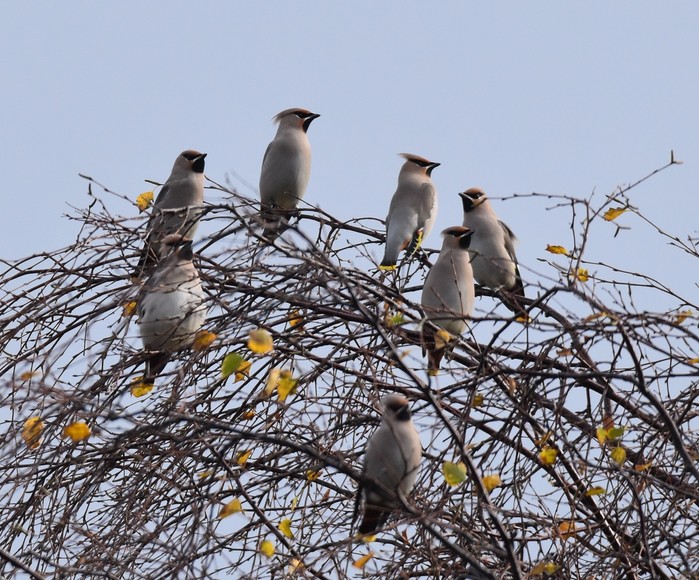
Waxwings also continued to feature, with a flock of 79 at Gows Moss, Moray on 30th the largest noted this week though a belated report referred to 200 at Kinlochbervie, Highland on 24th. Finally, Shorelarks continued to arrive in impressive numbers with widespread reports down the east coast and some larger flocks, notably twenty-five at Donna Nook, Lincolnshire on 29th and up to sixty at Holkham, Norfolk by 30th.
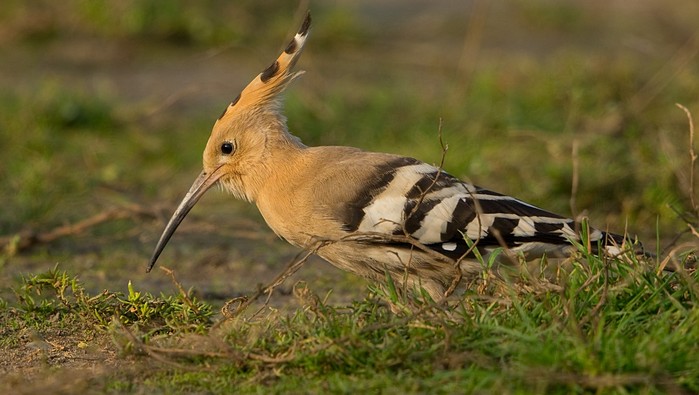
As for near-passerines, Hoopoes were at Conwy RSPB, Conwy on 26th (when it was killed by a Peregrine), Whalsay, Shetland still on 27th, Churchill, Somerset on 28th, Aldeburgh, Suffolk on 28th to 31st, Hook Head, Wexford on 29th and North Ronaldsay, Orkney on 30th.
The best seabirds were a White-billed Diver which flew west past Weybourne and Cley, both Norfolk, on 1st and, later the same day, a probable Scopoli’s Shearwater which flew east past Burnham Overy Dunes, Cley and Sheringham, all Norfolk. The only other birds of note were Sabine’s Gulls off Bardsey, Gwynedd on 28th and Cley (two) and Sheringham, both Norfolk, on 1st, a Long-tailed Skua off Cley and Sheringham on 1st also and a handful of Little Auks around the Northern and Western Isles, the maximum count being twelve off Unst, Shetland on 30th. Further south, one was off Mundesley, Norfolk on 31st and another off Sheringham, also Norfolk, on 1st, with three off Spurn, Yorkshire the same day. Grey Phalaropes were at Farmoor Reservoir, Oxfordshire and East Tilbury, Essex on 27th and Blithfield Reservoir, Staffordshire on 30th. The end of the week brought a stirring of Pomarine Skuas with thirty-two past the Butt of Lewis, Western Isles on 31st.
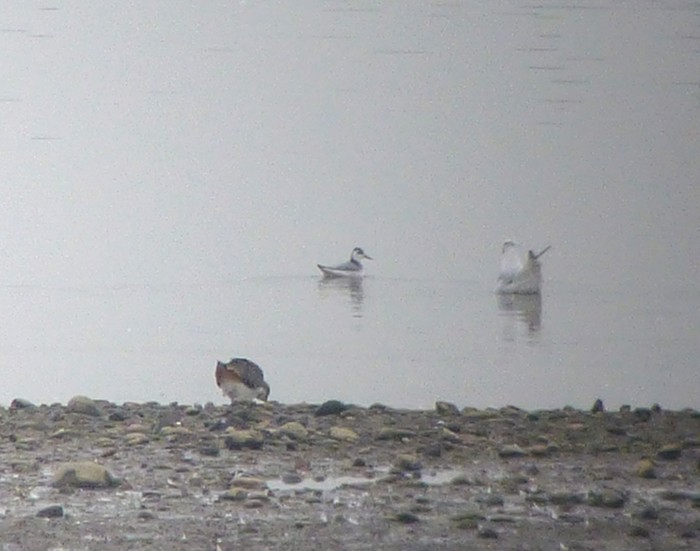
Three ‘Todd’s Canada Geese’ were on Islay, Argyll during the week with last week’s new bird at Goswick, Northumberland still there to at least 28th. At least seven ‘Richardson’s Cackling Geese’ were also on Islay, with another at Lissadell, Sligo on 28th and 29th. Also from the Nearctic, Snow Geese were at Kilcoy, Highland on 27th, Blackness, Forth and the Beauly Firth, Highland on 28th and Caerlaverock, Dumfries and Galloway on 1st. A transatlantic ‘Black Brant’ was at Strangford Lough, Down on 29th whilst Siberian birds were at Weymouth, Dorset all week and Walton on the Naze, Essex on 26th and Old Hall Marshes, also Essex, on 27th.
Turning to ducks, the drake Ferruginous Duck remained at Wilstone Reservoir, Hertfordshire to at least 30th with the drake Ring-necked Duck at nearby Startop’s End Reservoir, Hertfordshire to at least 31st also. Ring-necked Ducks were also at Chew Valley Lake, Somerset on 26th, Pitlochry, Perth and Kinross on 28th to 1st and Garryhesta Quarry, Cork on 29th.
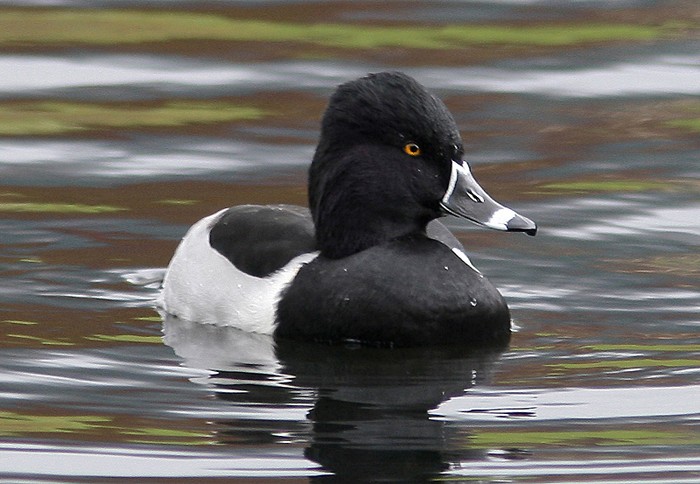
American Wigeons were at Leighton Moss, Lancashire to 1st, Kirkwall, Orkney to 26th, Exmouth, Devon on 26th to 1st, Barrow Harbour, Kerry on 27th to 29th, Loch Gruinart, Islay, Argyll on 29th and the Culdaf Estuary, Donegal, Barra, Western Isles and Llanelli, Camarthenshire on 30th. Just four Green-winged Teals were noted - at Caerlaverock, Dumfries and Galloway to at leat 29th, on North Ronaldsay, Orkney to at least 30th and at Graemeshall Loch, Mainland Orkney and Scaling Dam, Cleveland on 1st.
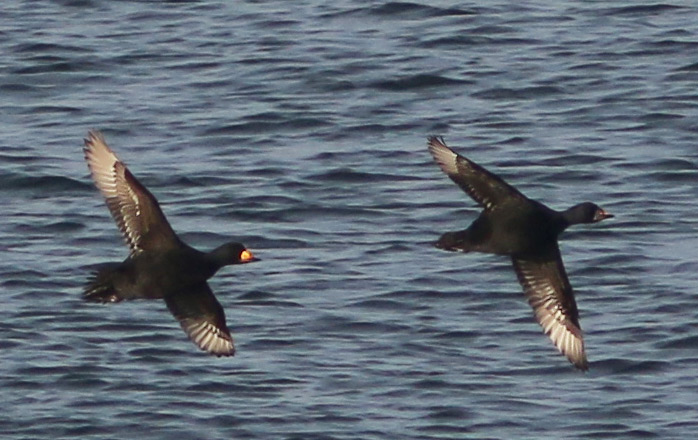
At sea, the Black Scoter was still off Rossbeigh, Kerry on 29th with Surf Scoters off Musselburgh and Joppa, both Lothian, still to at least 1st, off Machrihanish, Argyll on 27th and in Largo Bay, Fife on 31st.
The rarest heron was the Squacco Heron still at Llangwm, Pembrokeshire to 27th. Otherwise, Great White Egret counts reached twenty-four at Blagdon Lake, Somerset, eighteen at Chew Valley Lake, also Somerset, sixteen at Dungeness, Kent and twelve at Burton Marsh, Cheshire and Wirral. Cattle Egrets remained widespread with up to six at Slimbridge, Gloucestershire, five at Burton Mere, Cheshire and Wirral and Tacumshin, Wexford and three at Marshside, Lancashire and Baltimore, Cork. Additional singles were in Essex, Somerset, Kent, Suffolk, Norfolk, Cornwall and Donegal.
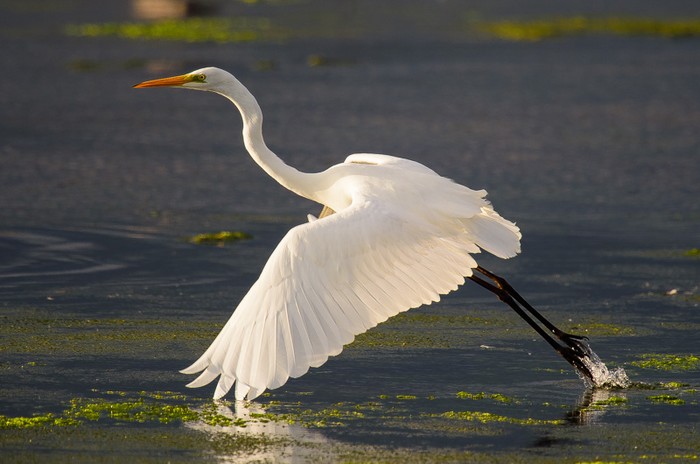
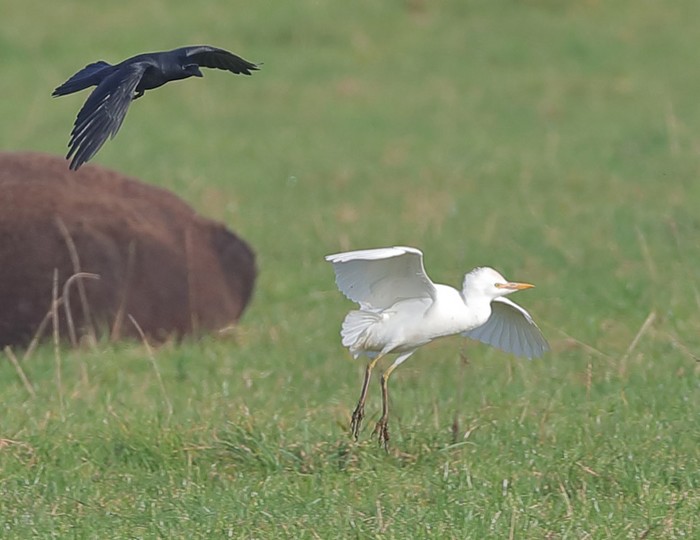
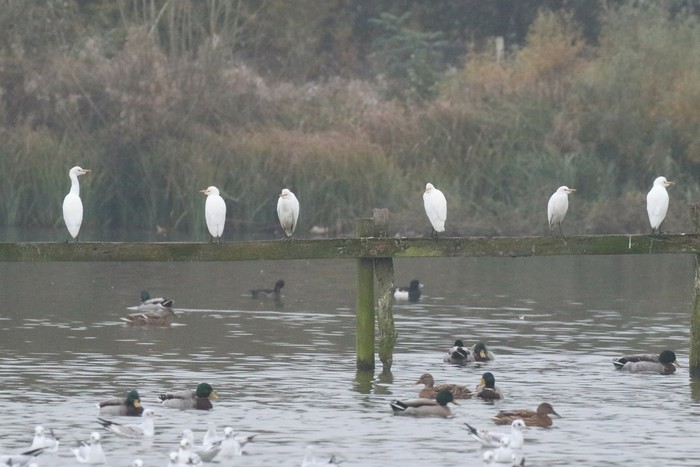
Glossy Ibises remained in residence at Wetherby and Nosterfield, Yorkshire, Frampton, Lincolnshire, Cossington Meadows, Leicestershire, Fingringhoe Wick, Essex and the Rogerstown Estuary, Dublin whilst a new bird was on North Ronaldsay, Orkney on 30th. The Spoonbill count at Poole Harbour, Dorset reached thirty-four this week.
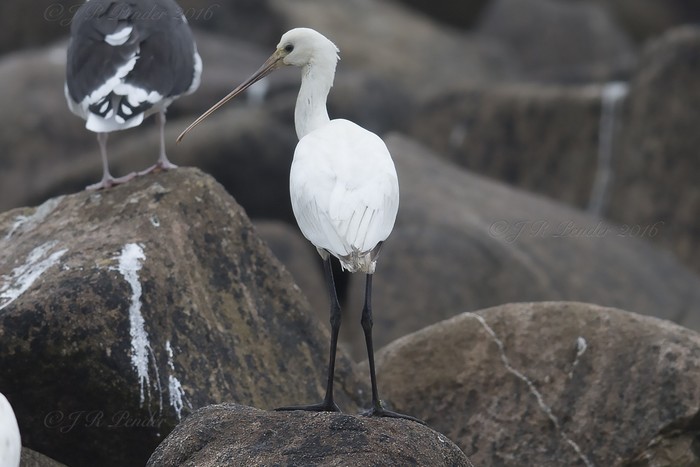
Finally, Spotted Crakes were at Chew Valley Lake, Somerset to 26th and at Winchester sewage works, Hampshire on 27th to 1st.
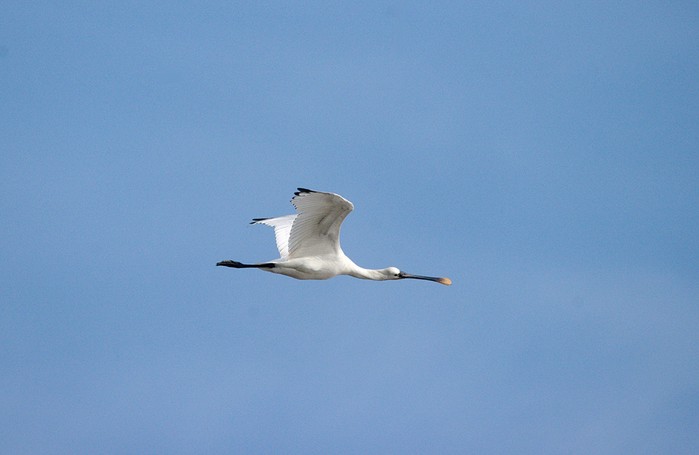
The best raptor by far was a young White-tailed Eagle around the Blagdon Lake and Cheddar area, Somerset on 28th and 29th. Otherwise, a Rough-legged Buzzard was at Flamborough Head, Yorkshire on 27th and then at Kilnsea, also Yorkshire on 28th to 1st.
Rare waders were few and far betwen this week, most being lingerers from previous weeks. These included American Golden Plovers at Carrahane Strand, Kerry on 29th to 1st and St. Mary’s Island, Northumberland on 30th and, present all week, Lesser Yellowlegs at Cheddar Reservoir, Somerset and Poole Harbour, Dorset and Long-billed Dowitchers at Frampton Marsh, Lincolnshire, Faversham, Kent and Tacumshin, Wexford. Finally, a Pectoral Sandpiper was again at Titchwell, Norfolk on 28th with another at College Reservoir, Cornwall on 30th.
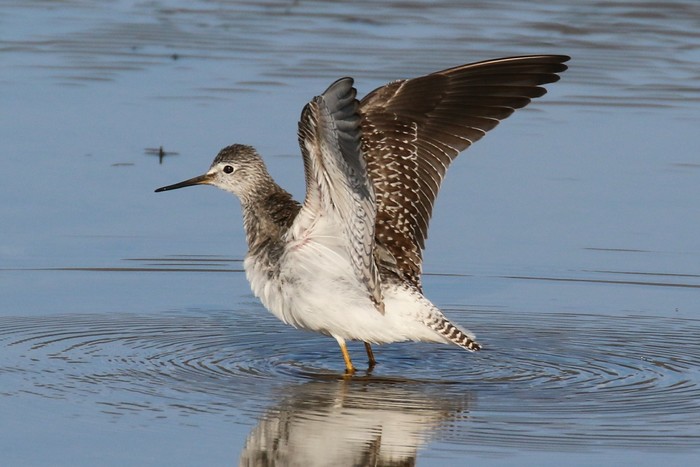
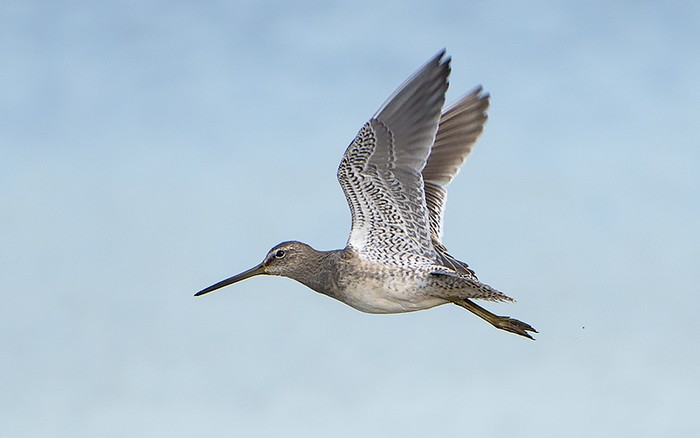
Apart from Cornwall’s Franklin’s Gull, the best gulls were Devon’s erratic adult Bonaparte’s Gull , again at Dawlish on 29th and 1st, and the adult at Quilty, Clare still on 29th also. The scarce gulls included a Ring-billed Gull at Nimmo’s Pier, Galway still, an Iceland Gull on Papa Westray, Orkney on 26th and Glaucous Gulls on North Uist, Western Isles on 28th, Papa Westray on 29th and 1st and Unst and Mainland, both Shetland, on 30th.
Looking ahead, the beginning of the new week is set to be dominated by a cool, brisk northwesterly flow. This should bring October’s passerine parade to an abrupt halt and focus minds on Arctic seabirds instead. By the end of the week, however, there are suggestions of a new, albeit brief, spell of northeasterlies. Could this bring some final eastern rarities and one or two more Siberian Accentors? And after such an extraordinary October are there now birds here for the winter which we’ve yet to find? The odds certainly look good for wintering Dusky Warbler and Little Bunting but the top winter passerine targets must clearly be Pine Bunting and Siberian Accentor.
Andy Stoddart
2 November 2016
 |
|
||||
 |
|
|
|
||
|
|
|
|
|
||
|
|
|
||||
|
|
|
||||
